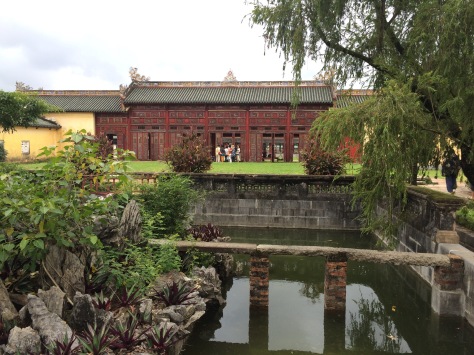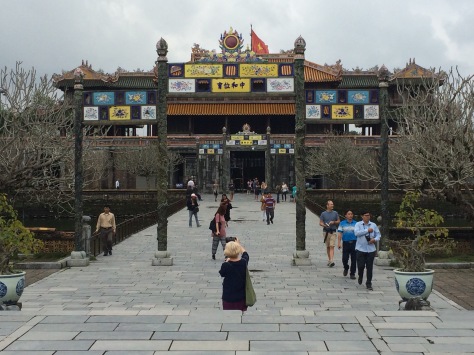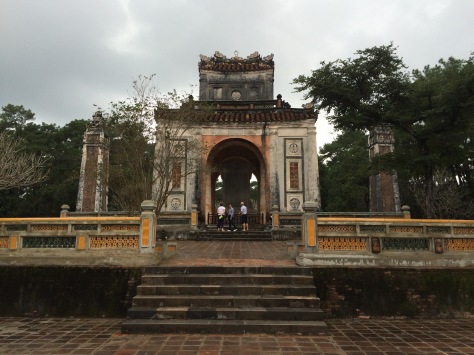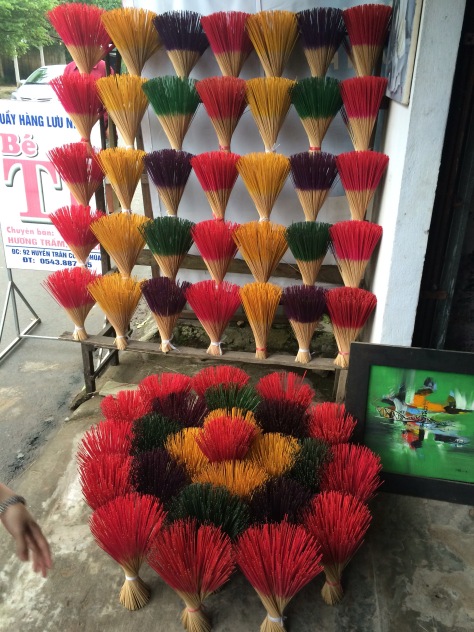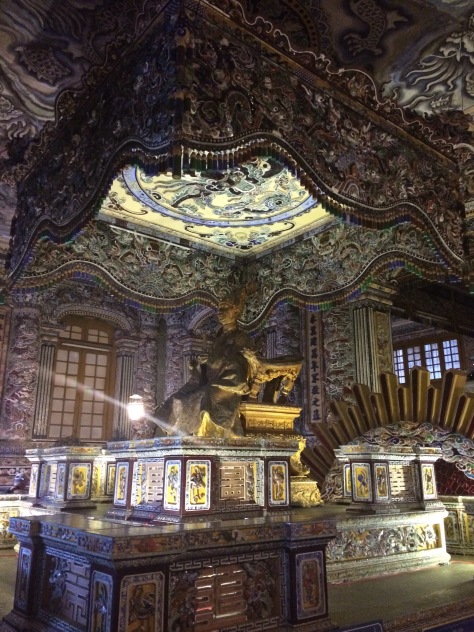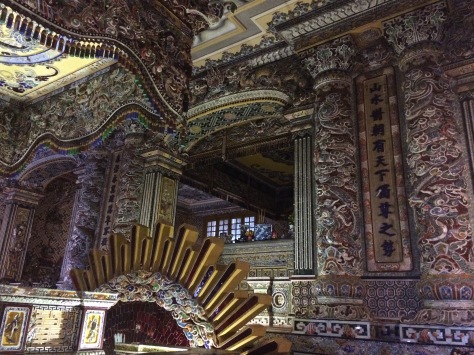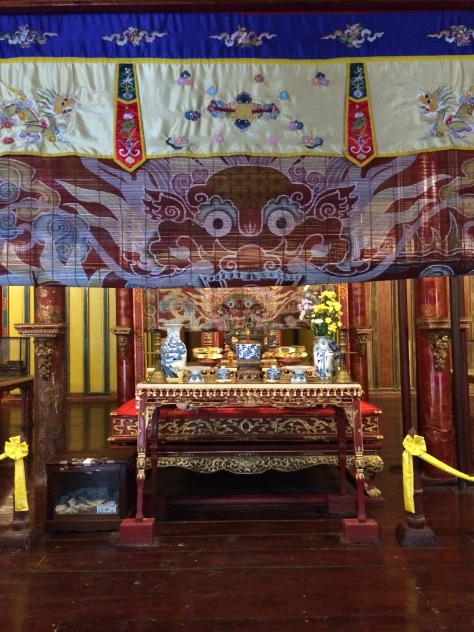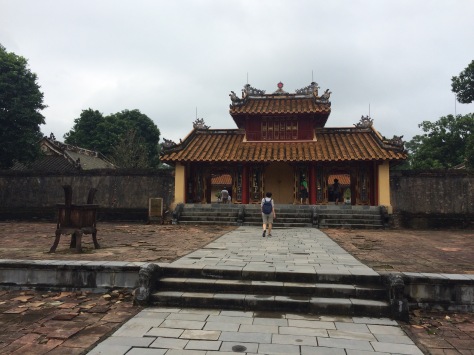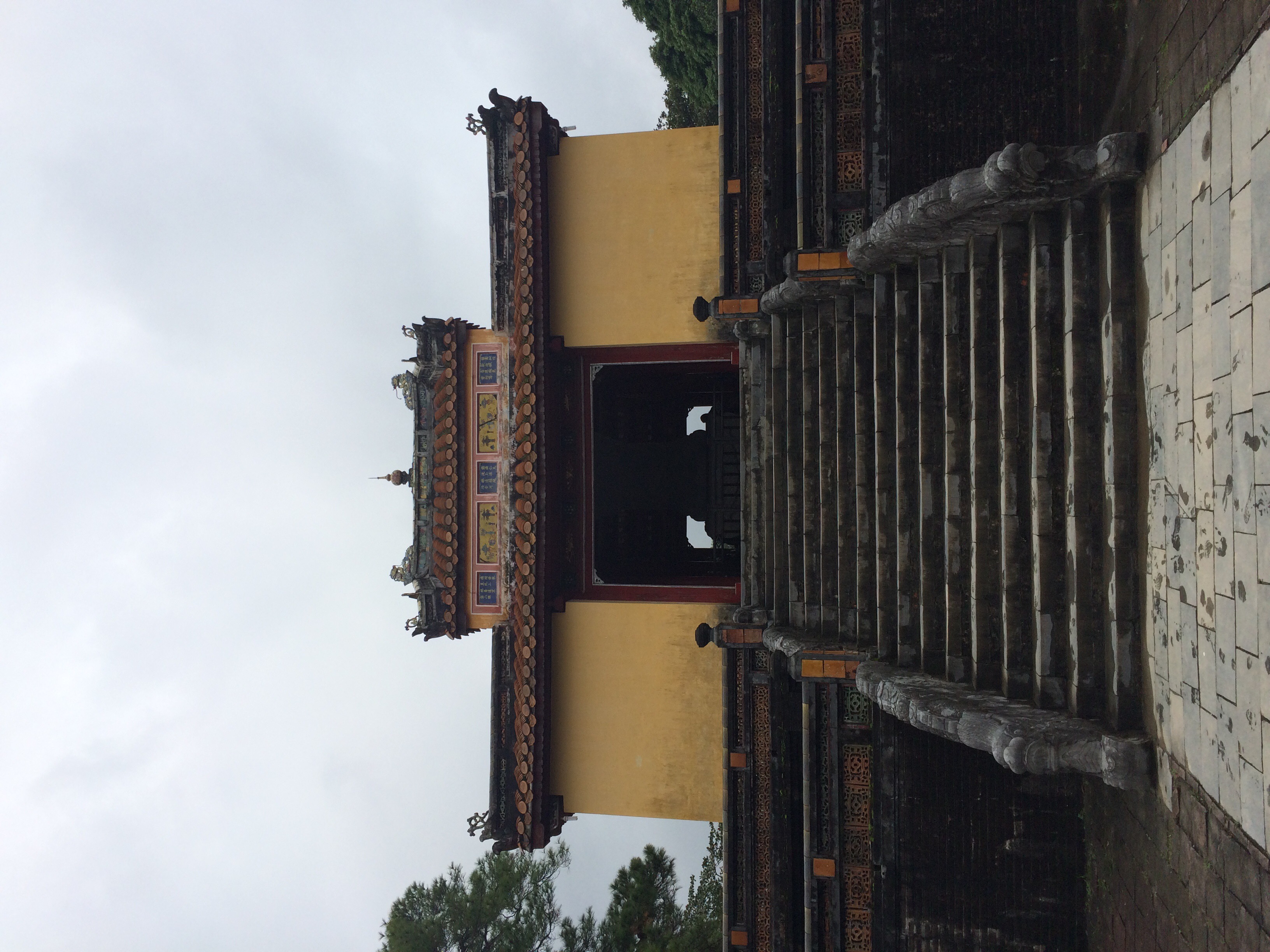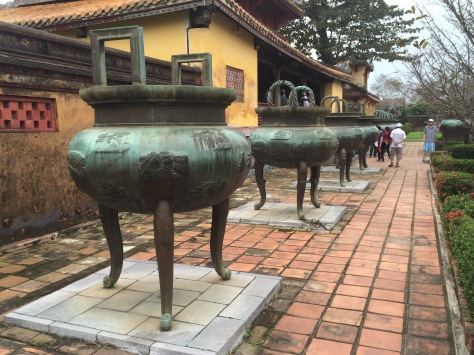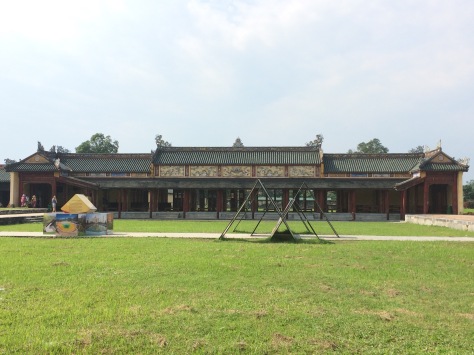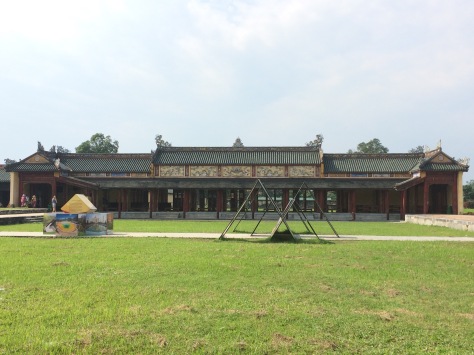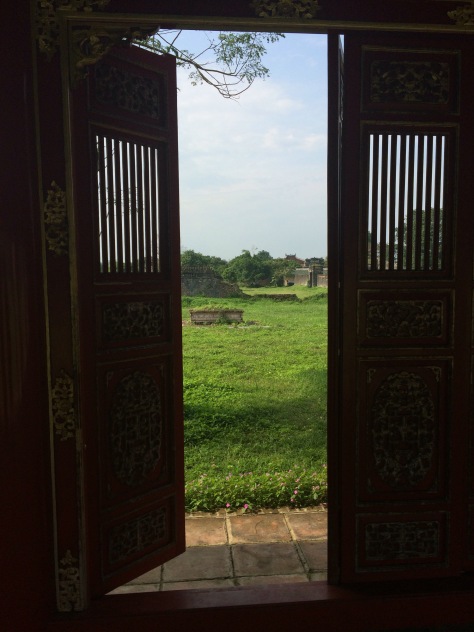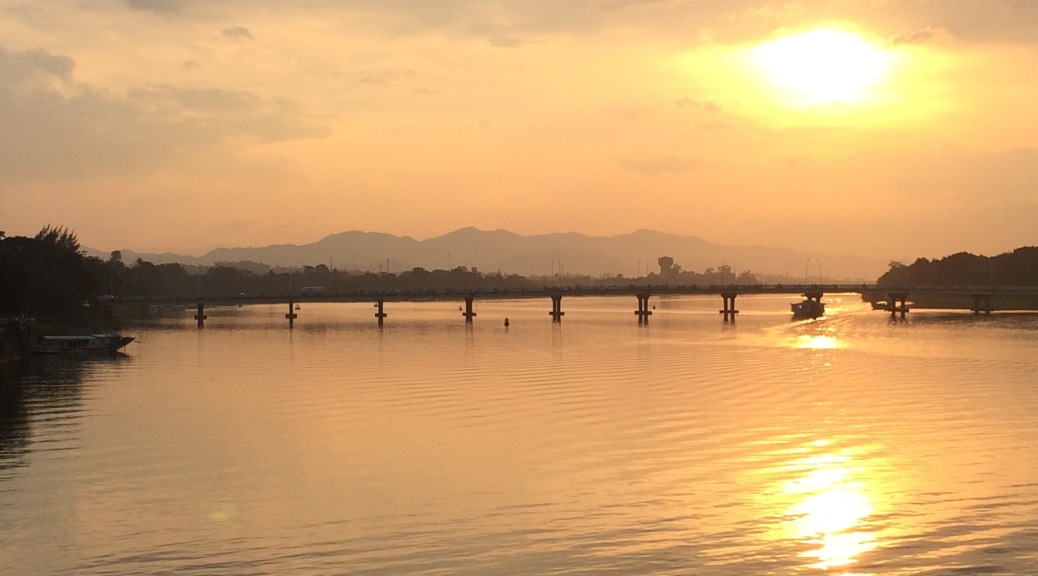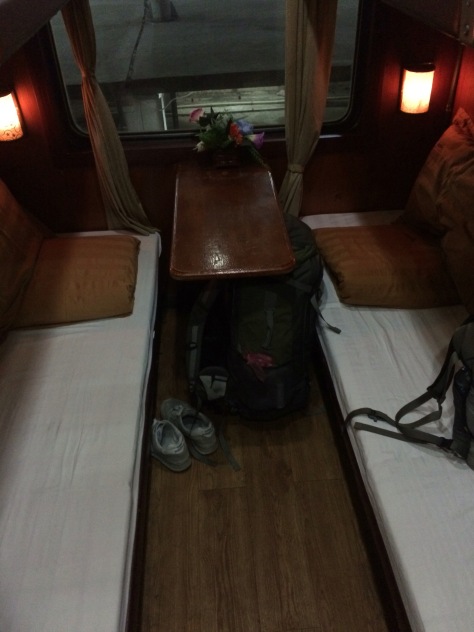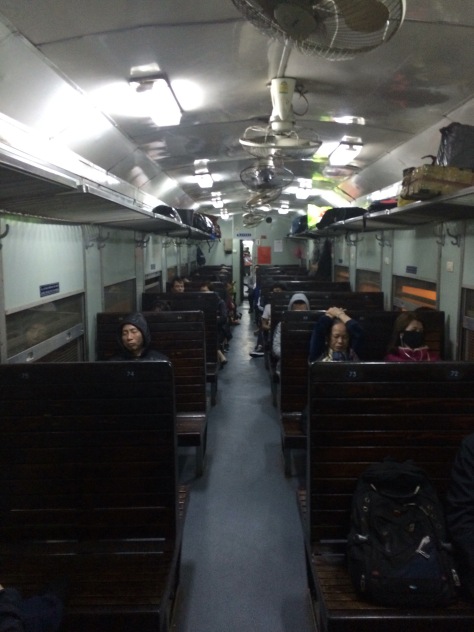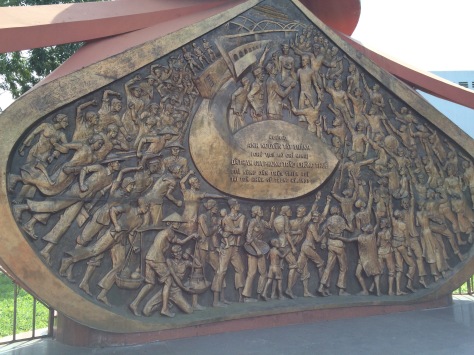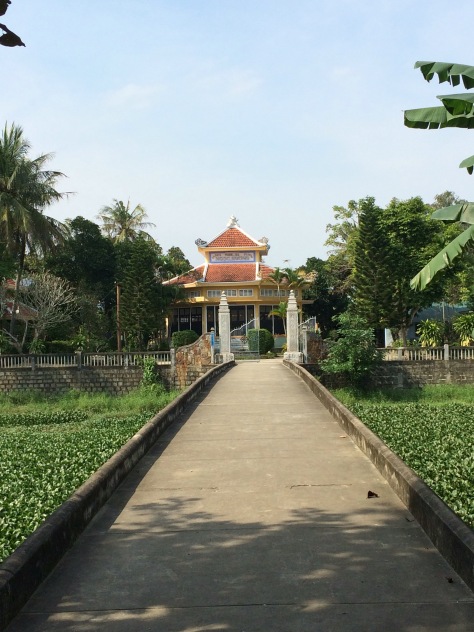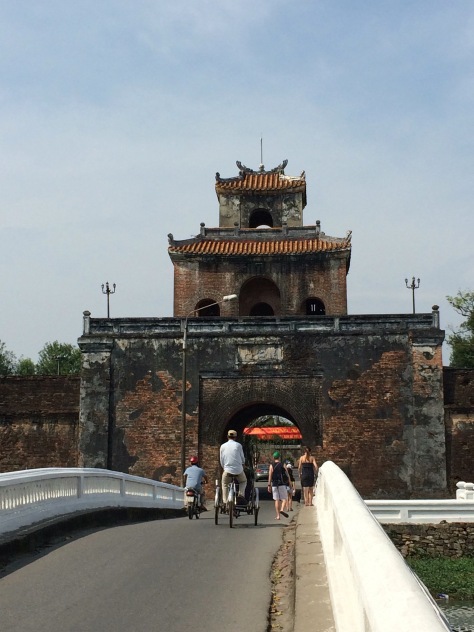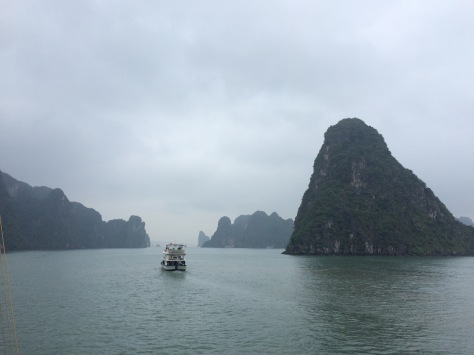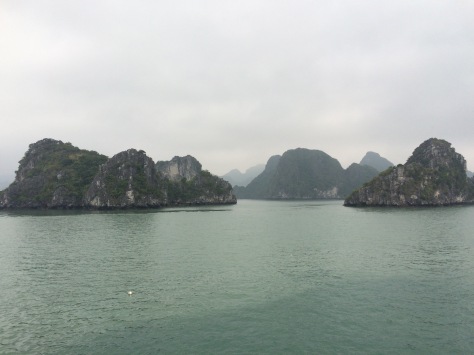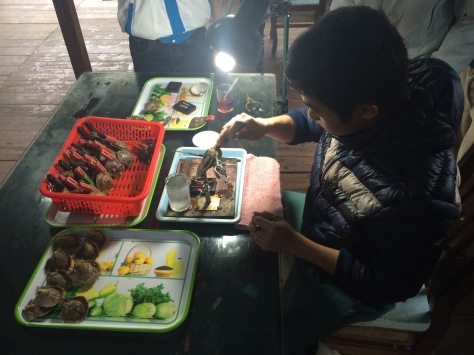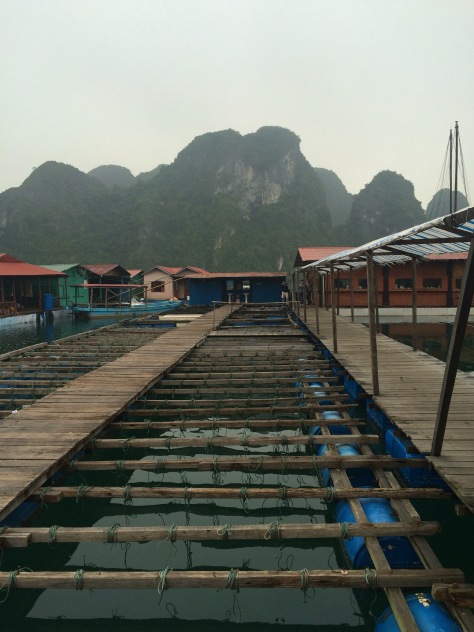1/13/16
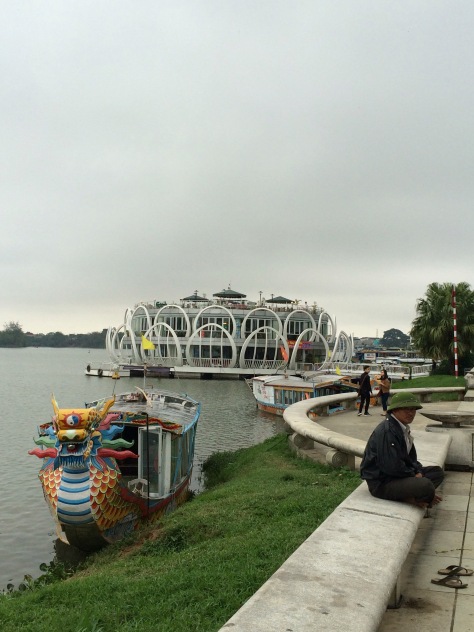


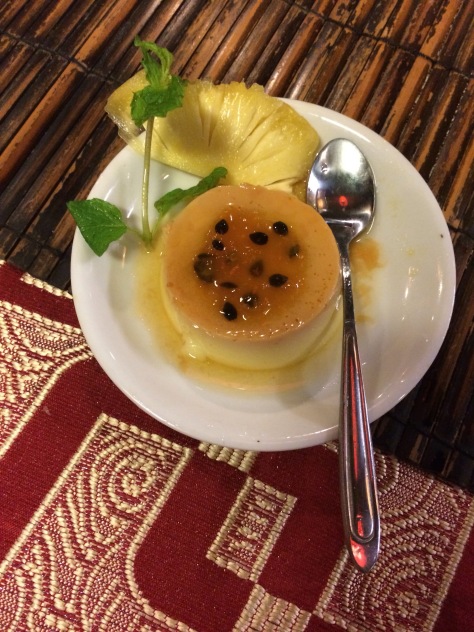




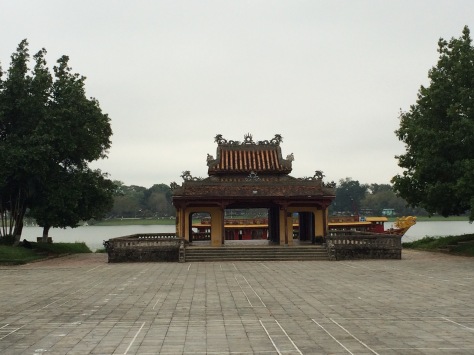



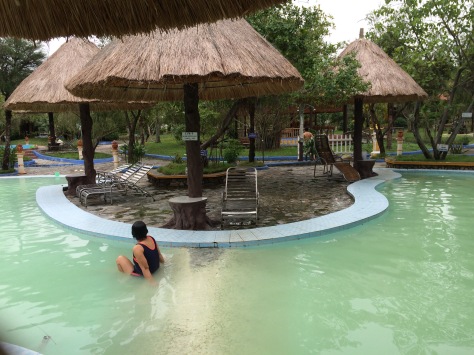

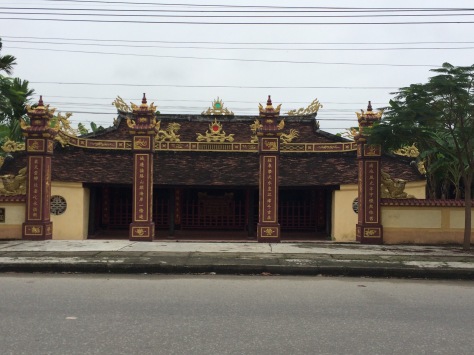 I sweat a lot. When I am hot, I usually become drench in sweat, and get really sticky. Especially after moving to Seattle, I realize my sweat glands are in overdrive. That is actually one of the main reason why I seldom cycle to work. (The other reason: my glasses tend to get wet and I can barely see beyond the water droplets.) I am a big fan of cycling (not in the Tour de France manner). I do occasionally ride the bike and cycle around town, and always hoping no one knocks me down. Nowadays, urban cyclists are a force to be handle with extreme care. For some reason, they like to think they also have the right of way as cars, but also can go onto sidewalks. Turning without signals, no using lights in the dark, and many other irrational actions that defy understanding. Of course, these were the complaints I had before my Nikon experiences in south east Asia. Here, the motorcycles and electric bicycles m are the ones that go everywhere: with traffic flow, against traffic, onto sidewalk, on shoulders (road shoulders, not actual human shoulder. Though I would not be surprise if I see that too), and in every gap they can squeeze by. It is quite an exciting event to ride a bicycle down a street.
I sweat a lot. When I am hot, I usually become drench in sweat, and get really sticky. Especially after moving to Seattle, I realize my sweat glands are in overdrive. That is actually one of the main reason why I seldom cycle to work. (The other reason: my glasses tend to get wet and I can barely see beyond the water droplets.) I am a big fan of cycling (not in the Tour de France manner). I do occasionally ride the bike and cycle around town, and always hoping no one knocks me down. Nowadays, urban cyclists are a force to be handle with extreme care. For some reason, they like to think they also have the right of way as cars, but also can go onto sidewalks. Turning without signals, no using lights in the dark, and many other irrational actions that defy understanding. Of course, these were the complaints I had before my Nikon experiences in south east Asia. Here, the motorcycles and electric bicycles m are the ones that go everywhere: with traffic flow, against traffic, onto sidewalk, on shoulders (road shoulders, not actual human shoulder. Though I would not be surprise if I see that too), and in every gap they can squeeze by. It is quite an exciting event to ride a bicycle down a street.
For my last day in Hue, I really had no plan whatsoever. I spent some time utilizing the amazing private room I have with hand washing my clothes and hanging then in front of an air conditioner (the luxury!). I also went to collect my custom shirts and pants, while receiving a lot of compliments on how good I look in them. By 10am, I was totally bored and went to ask the hotel receptionist what is there to do. He suggested the hot spring, and sensing my reluctance to rent a motorcycle, he offered a bicycle. I gladly took up his offer and went off to find the famous hot spring. The traffic was not extremely heavy, but it was still a challenge to ride along with motorized traffic, especially when I needed to make left turns. I swerved along with everyone else and soon realized one important thing: most motorists actually pay a lot of attention to bicycle riders. They usually avoid cyclist on the road, and anticipate your movements given your speed and general direction. I then also realized: that is what happens when they see a pedestrian crossing the road. This is why the locals just walk into traffic without much hesitation and usually end up on the other side without much problem. The foreigners, on the other hand, tend to watch traffic and stop for cars; which mess up with what the motorcyclists expect, causing lots of disruption. I arrived at the hot spring after about an hour of cycling (including 15 minutes of me getting temporarily disorientated), lots of sweat and some spit, i paid the 100,000 dongs to get in (yes, the Vietnamese currency is call dongs. I still can’t say it out loud without giggling a little). I was given a pair of shorts and a towel, and introduced to 3 pools : hotter, hot and warm. Taking a cue from some locals (who were staring at me a little: I was the only one wearing the given swim shorts. Everyone else brought their own), I jumped into the warm one, then move from hot to hotter and back to warm. Cycling through the temperature, I started to sweat profusely again. I managed to do that for about an hour and a half before retreating to shower.
Smelling like a devil that just escaped from hell (the sulphur), I cycled all the way back to town to look for a Korean ice shop that sells favored ice. I searched high and low (well, mostly at eye level actually: I was biking afterall), but could not find it. I ended up at a very famou bun bo hue (soup noodle with beef) restaurant and ate a good but very late lunch. With the hot soup, I never stop sweating, and finally went back to my hotel for a shower and some tv watching (captain America, the movie).
Sitting at dinner (an excellent one with banana flower salad and honey ginger beef), I downed a mango smoothie to replenish my fluids and thought about all the cycling i did today. In the end, it was a lot less scary than expected, and I could move within the flow of traffic without much issue. If course, turning against traffic is still a challenge, and I never dated to move against traffic flow. I guess that is quite similar to life: it is easy to move within the general flow, but attempts to go against the flow become a challenge. However, as with traffic, i think most others going with the flow tend to watch out for those trying to escape. While they may not express anything, they usually make way for you to leave, and sometimes stop to let you pass. I highly recommend attempting to get off the general flow once in a while: not only to experience life, but also appreciate the general kindness of your fellow motorists.
(That said, I am still not going to cycle to work. Too much sweat. I refuse to look like a drowned rat at work, especially one drowned in his own sweat.)









